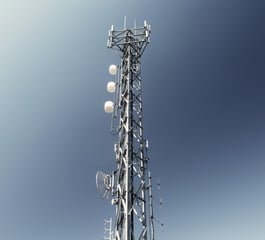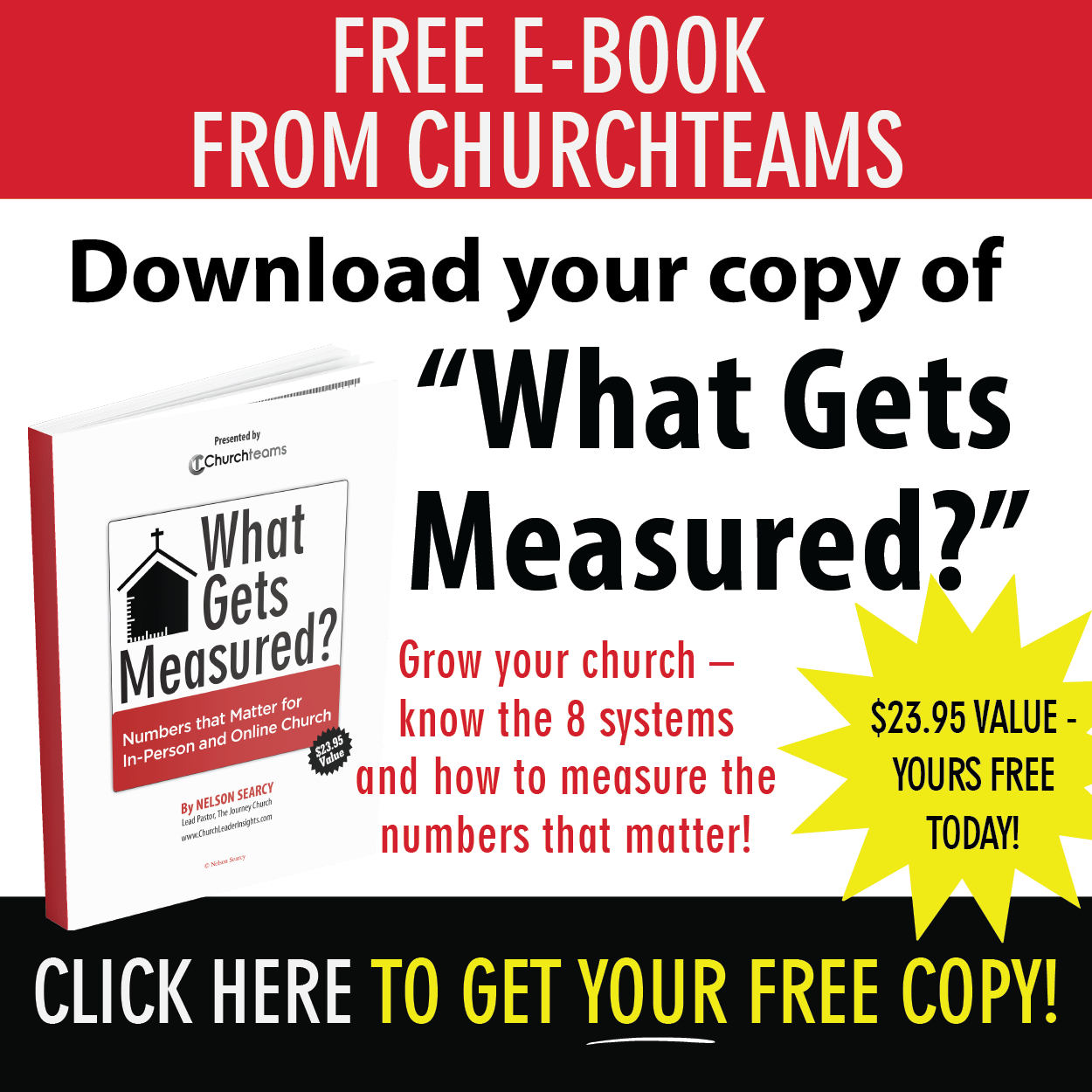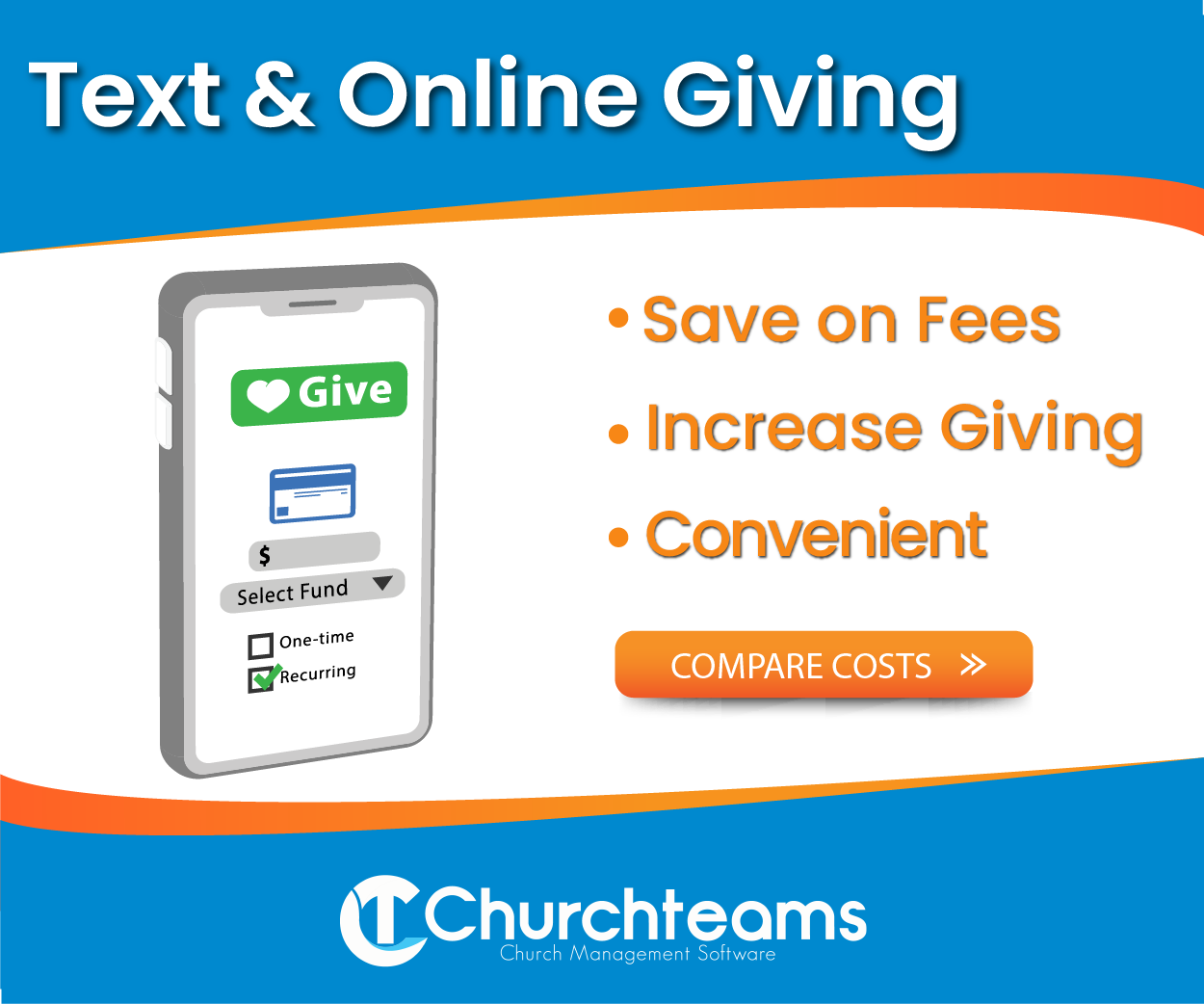 As common as it is now, it wasn't until 2014 that texting surpassed calling as the go to method for Person to Person (P2P) tele-communication in the United States.
As common as it is now, it wasn't until 2014 that texting surpassed calling as the go to method for Person to Person (P2P) tele-communication in the United States.
But there is another type of texting called Application to Person (A2P) texting. This is commonly thought of as Business Texting. There are companies that provide this service as a stand alone for businesses or churches. As technology continues to aggregate, many relational databases like Churchteams have implemented the same A2P functionality in their product. This is a big win for the end user.
When we first built A2P texting there were two ways to do it. First was the use of dedicated 4 to 6 digit codes called short codes. Secondly, we could use email to send texts. Short codes cost many thousands of dollars a month. Using email was free. It was an easy choice for an application dedicated to serving churches affordably.
However, for email to work you must have both the mobile number and the mobile carrier so that the application can create an address like 1234567890@vtext.com that the telecoms would recognize and pass along as a text. Managing carriers associated with phone numbers was clunky until we added a utility to automate the mobile carrier lookup in 2018. This makes free texting much more dependable and great for sending things like announcements, reminders, and links to pages in our application or elsewhere.
Technology, however, is not static. There was clearly room in the market for A2P texting that had performance options like short codes but didn't cost a fortune. The answer is the use of 10 Digit Long Codes (10DLC). As the name implies it uses direct texting like short codes but through a normal 10 digit phone number. This required the industry to work together to agree on protocols necessary to make it work.
In 2017 the US Cellular Telecommunications Industry Association (CTIA) published its best practices for business text messaging. This opened the way for 10DLC business development. (If you're interested, this Sinch article has more details.)
After 4 years of working on it, in 2021 the telecommunication companies released their 10DLC services. This was a benchmark in the evolution of A2P texting. For a reasonable price businesses and churches could use a 10 digit long code to directly text individuals.
We knew 10 DLC was coming and our technology development team had been working to be ready. We were able to beta test it with many of our clients prior to the financial and legal guidelines being officially released. As we did, we discovered churches are able use their 10 digit landline office number. This makes it even easier to promote and use.
We continued to beta test the new service until January 31, 2022. On February 1, we brought it out of beta. We knew it was going to cost us to provide this service and had planned for it by including 500 texts in our $10 monthly service fee. At first we thought we were going to need to charge 3 cents per text for overages, but once we knew all the fees involved we were able to lower that to 2 cents. This is nothing compared to the costs for short codes, even for shared short code numbers.
We know churches and understand that a transition to paying for texting is no small thing, especially when there is a free option. So, we added the new and kept the old. But, why should a church use and pay for texting?
We've had a few months of experience now with that question and we're ready to offer some distinguishing insights to help you know when you should and should not pay for texting. Now that you know the background, we'll dive into these insights next time.



